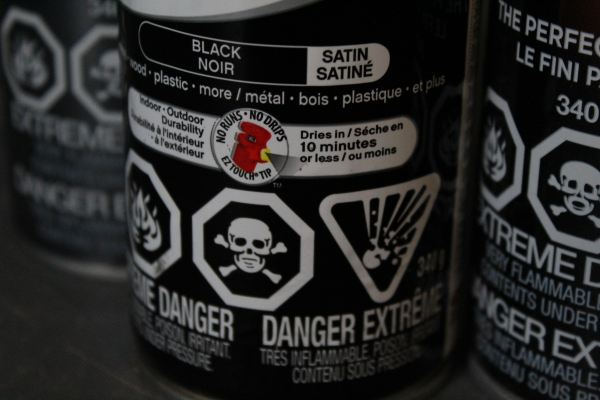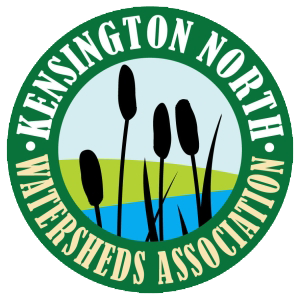Kensington North Watersheds recently conducted a survey to households in our area on household hazardous wastes as part of our pilot project in partnership with Environment and Climate Change Canada. We received lots of great feedback on what products people use, how they’re most commonly disposing of their products, and what factors determine whether households are properly disposing of these products.
The most common responses as to why households aren’t disposing of these products properly were 1, they didn’t know what products were considered hazardous wastes and 2, they didn’t know hazardous wastes were disposed separately from regular waste. So, we’ll be highlighting some information and resources on hazardous wastes and their impacts in a series of articles!

So, what is a household hazardous waste? When we hear the term hazardous waste, it elicits images of large, bright yellow warning labels, hazmat suits, and mysterious green, oozing fluid, but hazardous wastes can be much more inconspicuous than that. Hazardous wastes are considered unwanted products that are flammable, toxic, corrosive, or explosive – or some combination of those four. Many of us probably have a shelf in our house filled with obvious examples of these.
Products such as spray paint, paint thinner, motor oil, and garden pest killers are all obvious examples of household hazardous wastes. However, there are more products sitting in our cupboards that are considered hazardous wastes too! Even household cleaners, laundry products, personal care items and cosmetics are potentially hazardous! It’s hard to imagine products that we use in such close association with our bodies and food could be hazardous, but they do contain ingredients that warrant special disposal if you no longer want that product.
However, if you’ve used a product, such as shampoo, to completion and the bottle has been rinsed, it’s safe to throw in your recycle bag. Special disposal of hazardous wastes is mostly only required when there’s unwanted or leftover product that can’t or won’t be used.
There are some exceptions to this, however. Containers for products such as motor oil or even empty paint cans cannot be rinsed and disposed of, instead they must go to a specified collection facility.
So, if special disposal of household hazardous wastes is required, where do you take it? In the past there were many more landfills on PEI than the one we have today and very little, if anything, was sorted. That means all types of products were thrown into the garbage, from metals and cans, to pesticides and agricultural products. Luckily, today Island Waste Management Corp. (IWMC) has six Waste Watch Drop-off Centres (WWDC) on PEI that accept household hazardous wastes free of charge, in order to keep hazardous products out of our landfill!
There are some exceptions to this as well, such as old medication and vitamins, which can be taken to any Island pharmacy for safe disposal, or medical sharps which should be placed in a specified sharps disposal container.
If you’re ever in doubt on how to dispose of a particular product, we recommend searching on IWMC’s website at www.iwmc.pe.ca, calling them for assistance, or dropping by a WWDC during their hours of operation and asking staff! Stay tuned for the next articles in our series on hazardous wastes!
Heather Harris,
Project Coordinator
Published in The County Line Courier, Vol. 27, No. 05, Pg. 09.
